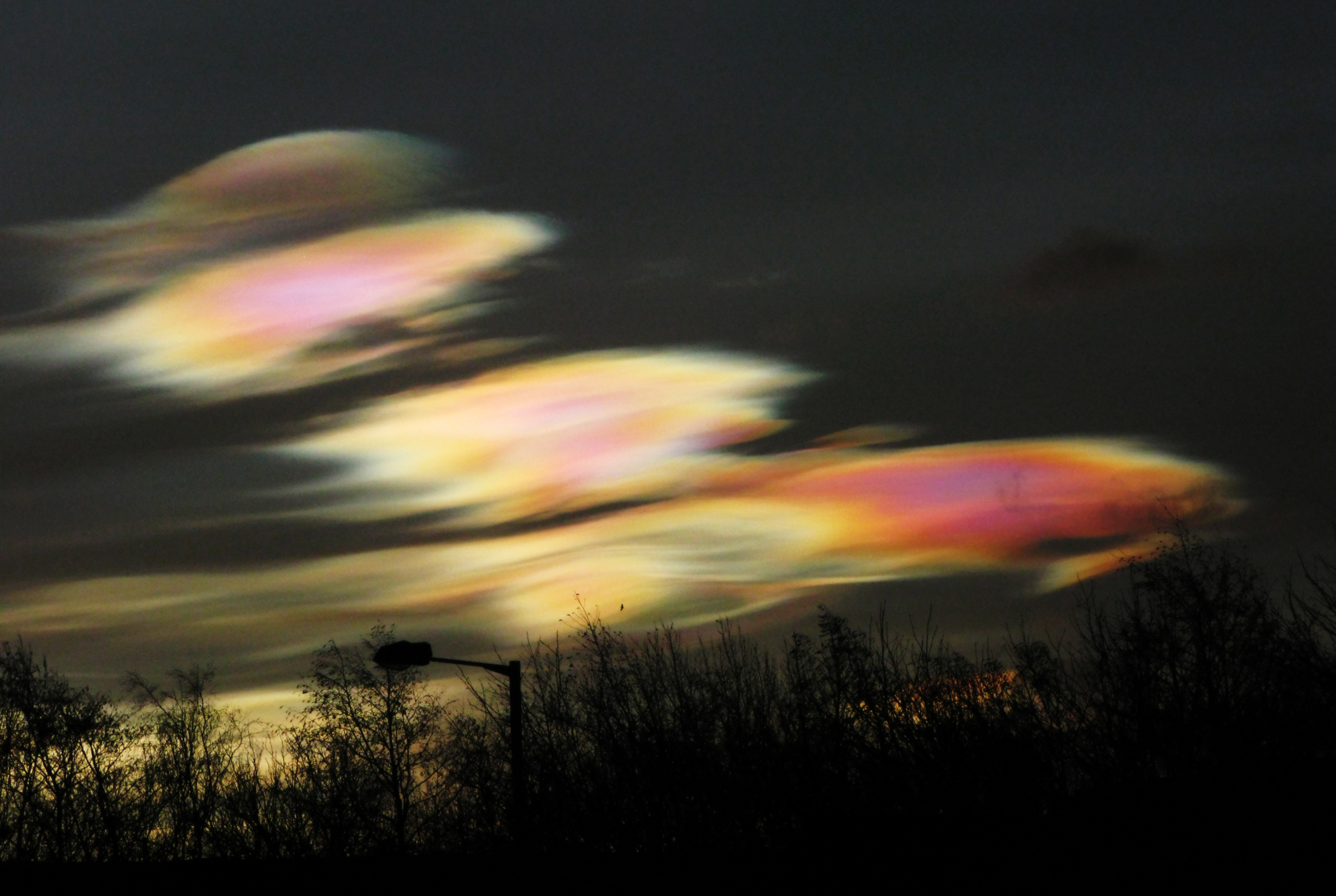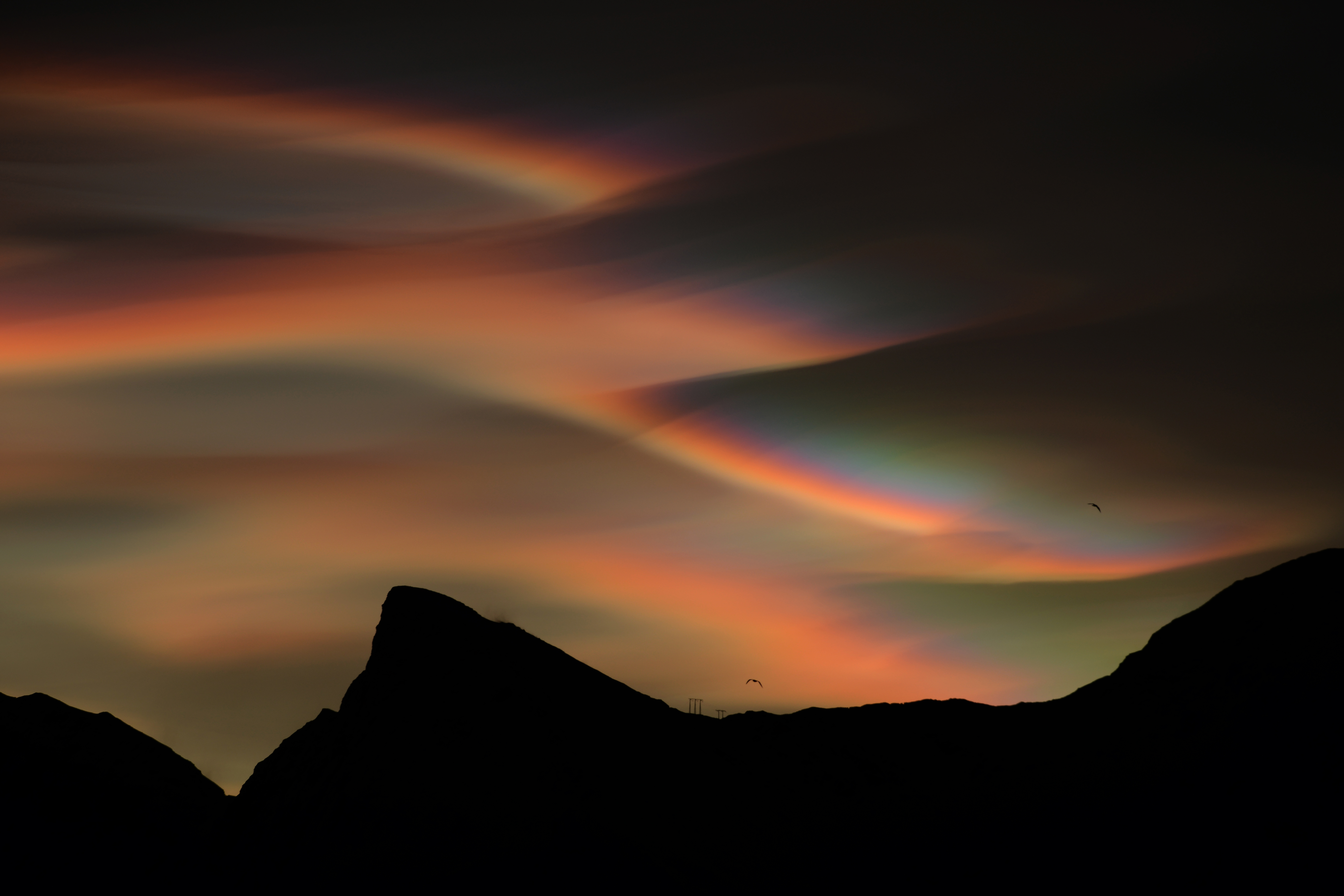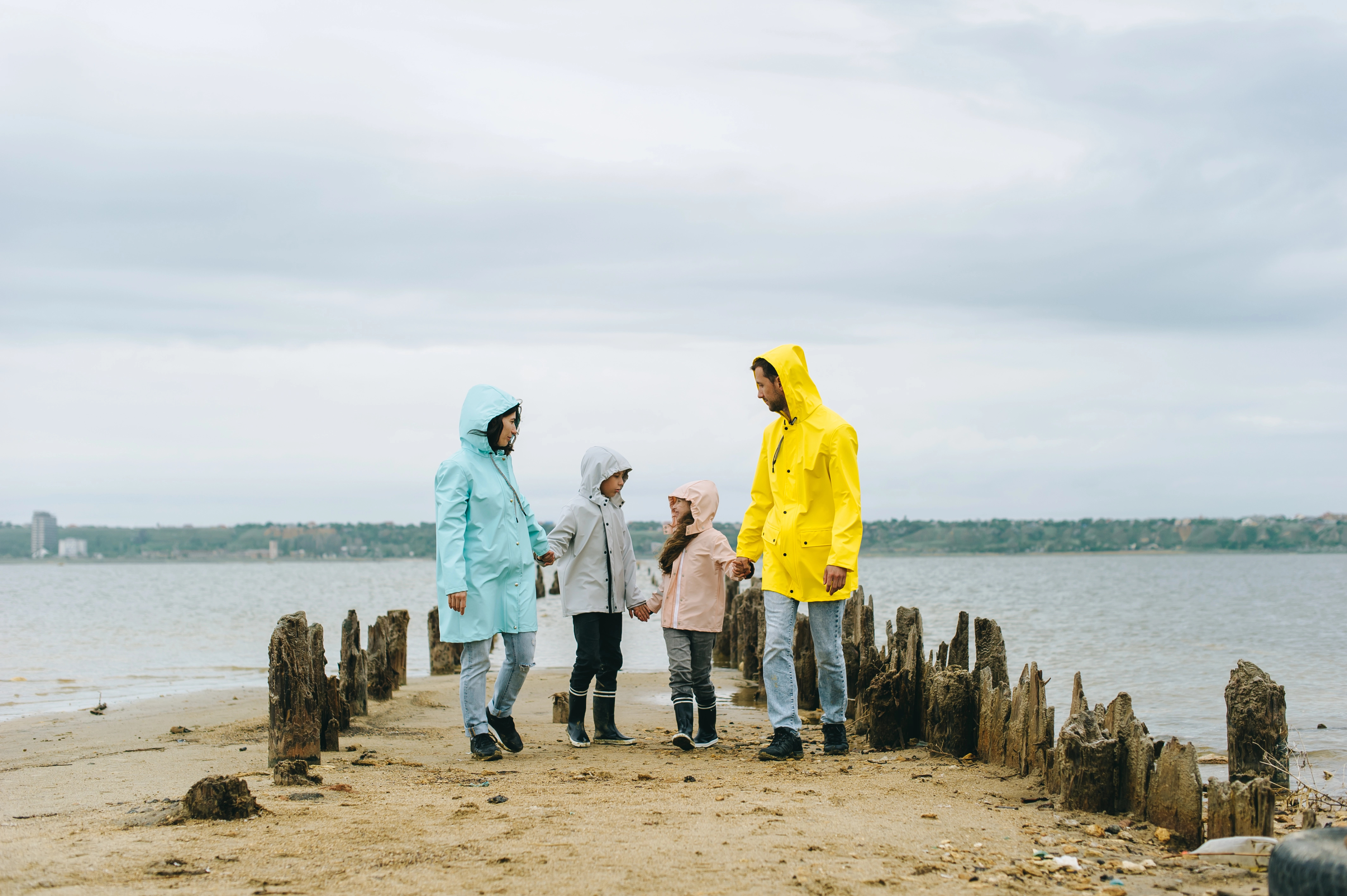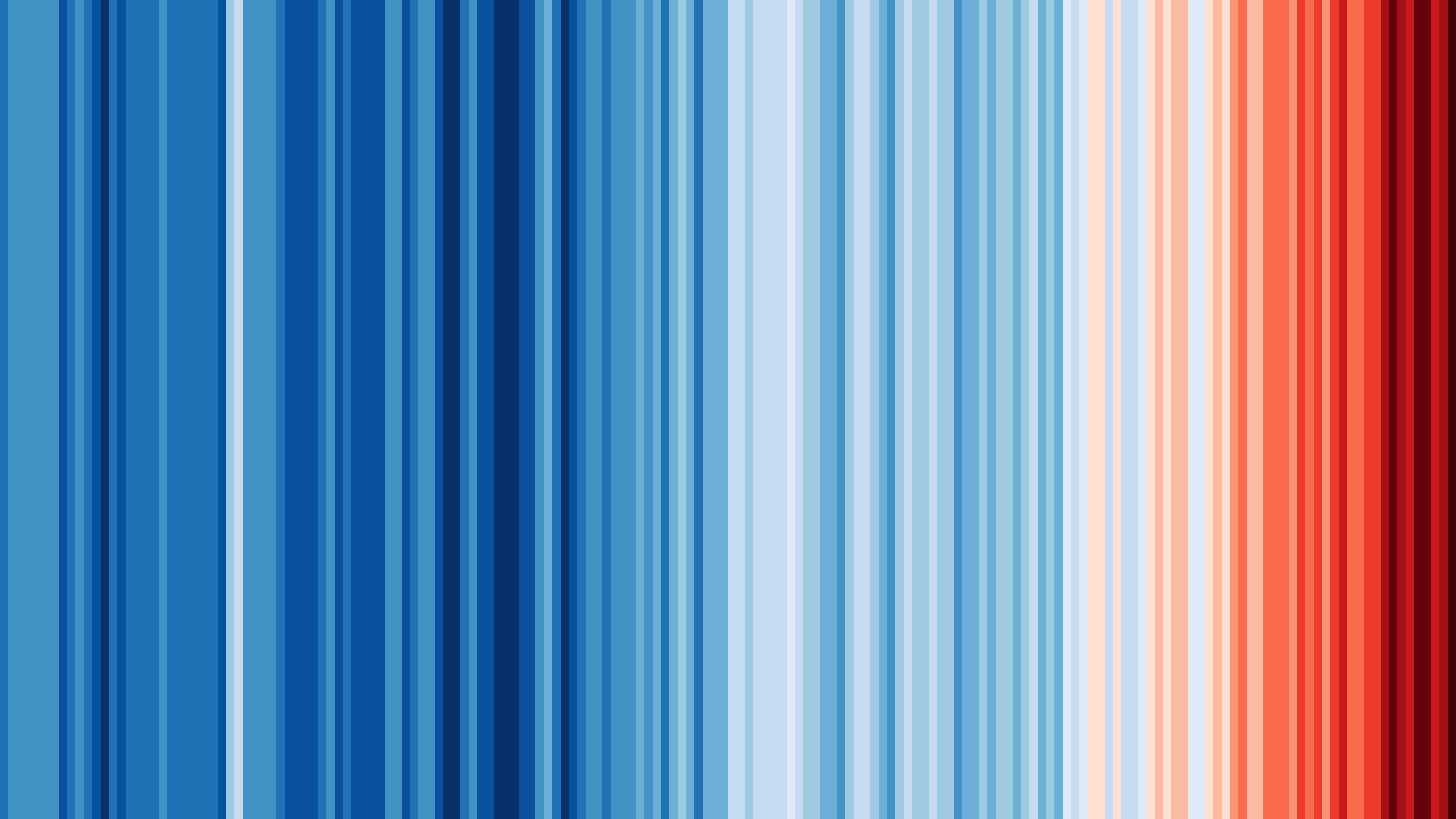

Standard Chartered Weather Photographer of the Year 2023: Rare clouds
by Kirsty McCabe, FRMetS
Colourful nacreous clouds were spotted in Scotland in January 2023. If you were lucky enough to capture one on camera don’t forget to enter the Standard Chartered Weather Photographer of the Year competition, now in its eighth year.
Mother of pearl
Nacreous clouds are one of the highest in our atmosphere, and are also known as "polar stratospheric" or "mother-of-pearl" clouds.

These beautiful clouds are rarely spotted in the UK because they need temperatures below -78°C to form. Such extremely cold conditions mainly occur high over the polar regions during the winter. In fact, these shimmering, pearly clouds form around 12 to 19 miles high in the stratosphere, way up higher than our usual clouds.
Nacreous clouds are best seen before sunrise and after sunset when the sun is just below the horizon. Their pastel-rainbow colours are reminiscent of the colours you sometimes see on soap bubbles or oil, an effect known as iridescence.

Rainbow clouds
Cloud iridescence is caused by particularly tiny ice crystals or water droplets in the air. Larger ice crystals produce halos through refraction, but the tiny ones cause light to be diffracted, or spread out, and this creates the distinctive luminescent rainbow appearance of nacreous clouds.

If you aren't sure whether you are looking at an iridescent cloud or a circumhorizontal arc from an ice halo, one of the main differences is that the colours in cloud iridescence are more randomly distributed, as opposed to the organised colour banding in a circumhorizontal arc.

This is an example of a circumhorizontal arc, which requires the sun to be more than 58° high in the sky and the presence of cirrus clouds.
Cloudy cobwebs in the night sky
During the summer months, you might be able to spot the extremely rare noctilucent cloud. These shimmering silvery-blue cobwebs are very high, wispy clouds made out of ice crystals, which become visible in the night sky at about the same time as the brightest stars, hence the name noctilucent or "shine at night".

They are the highest clouds in our atmosphere, forming around 50 to 53 miles up, in a layer known as the mesosphere. They mostly form near polar regions, and a recent study from NASA suggests that these polar mesospheric clouds are seeded by tiny particles of space dust, which acts as condensation nuclei for ice crystals to form.
These eerie clouds often have a purple-blue colour, largely caused by the absorption of the light due to atmospheric ozone.

Whether you’ve spotted a rare cloud or a rainbow, we would love to see your weather photographs. The Standard Chartered Weather Photographer of the Year competition is open to photographers of all ages and abilities, including professionals and amateurs, and is completely free to enter.



